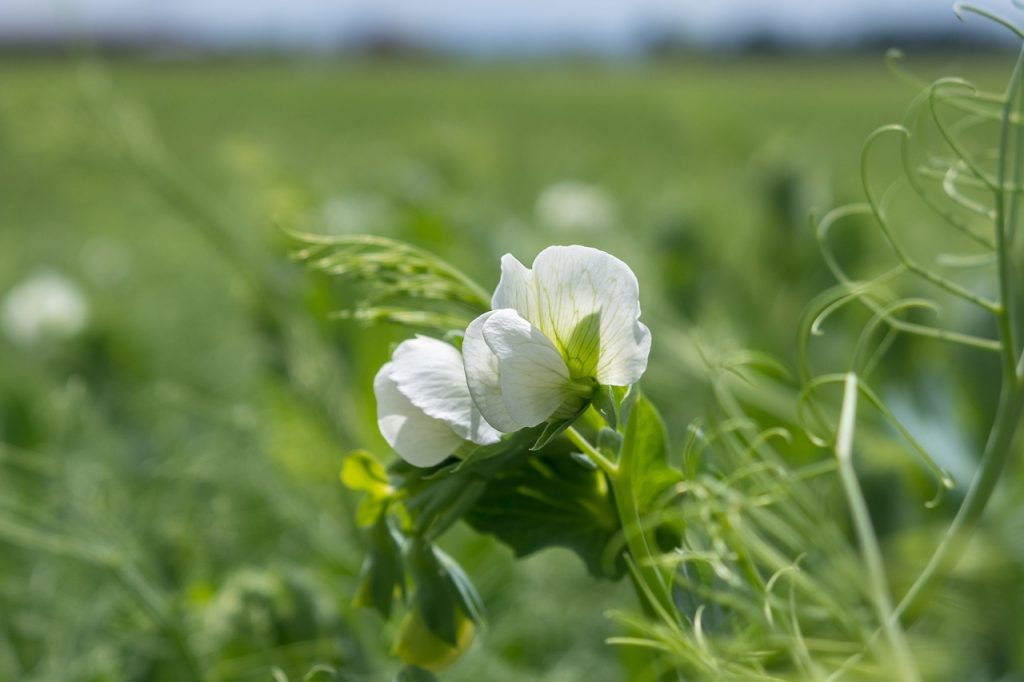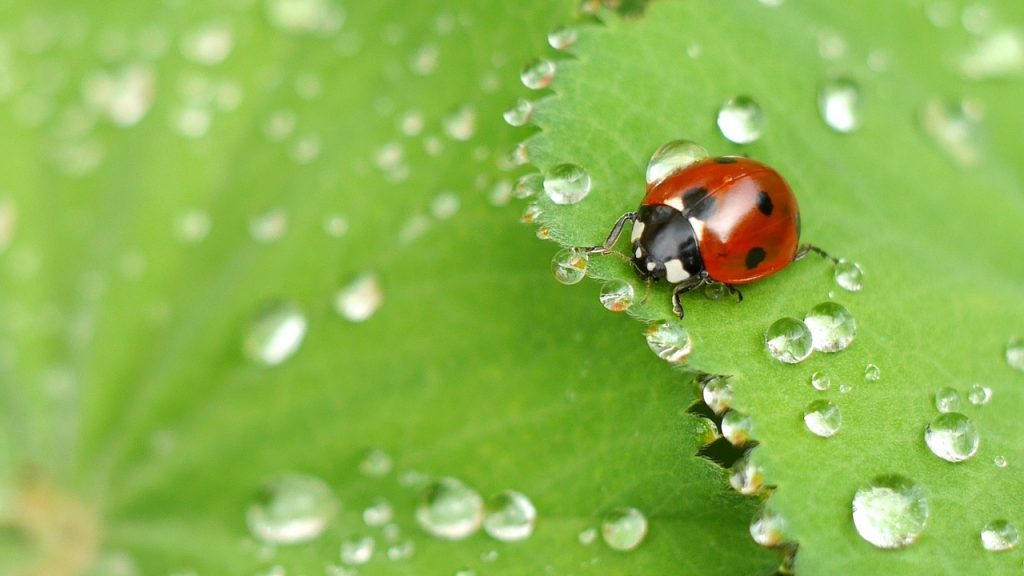What We Have Covered in This Article
There is nothing more satisfying than making a garden out of your backyard since it’s the most fun you can have being at home while reaping a bountiful harvest.
Sure, it could sometimes be an occasional chore with sweat dripping down your forehead in the hot morning sun, but growing pesticide-free fruits and vegetables can be a real comfort. Especially when you know that you are eating at your healthiest and safest.
5 Tips for Organic Pest Control
I suggest that you go organic, which is always the best option. Dealing with pests can be quite challenging and tedious at times. But fret not, there are ways you can do cheap and alternative solutions to protect your garden from unwanted guests.
(Related, also see our article Top 8 Effective Best Snake Repellents For Yard To Buy Now.)
1.) Choose the Right Plants for Your Garden

You can start off your garden venture by getting plants that are pest-resistant. This way you get a head start from seed to harvest. It may not be a complete solution, but it may work well as a good deterrent right from the start. Instead of thinking about what pesticide to use, whether it be organic or otherwise, you would have already half-solved the problem by sticking to bug-resistant varieties
When planting peas, for example, look for bug-resistant varieties such as “Oregon Sugar Pod” and “Sugar Daddy” as they repel most invasive insects.
Avoid squash vine borers by getting the pest-resistant kind such as early summer crookneck and royal acorn.
Some other naturally occurring plants that you can add to your garden are basil, lavender, and marigold. For some reason, these types of plants do not appeal much to insects as their would-be meals. And, they could even render your garden almost pest-free.
Also, consider using New Zealand Spinach as a crop, as it is frost tender, resistant to drought, and can survive the summer heat. This crop gives a spinach flavor when long summer days won’t allow your ordinary spinach to survive. They are hardy green leafy plants that you can count on not to diminish even if you might find a few holes in it.
(Related, see How to Get Rid of Moles, 7 Proven Remedies!)
2.) Add Beneficial Insects and Other Small Creatures

Lacewings, ladybugs, certain wasps, are just some of the natural predators of these pests that are likely to protect your leaves and young saplings of your garden. You can attract some other beneficial insects by growing more flowers like sweet alyssum, cosmos, and dill. You can find some of them in specialty stores.
Put a bowl of water right in the center of your garden to attract frogs and toads. They will eat destructive slugs and snails and almost everything else in between. You can also add a bird box complete feeders and birdbaths to attract birds.
Birds like to eat insects, caterpillars, and other destructive pests from your yard. Woodpeckers, for example, would like to eat ants, borers, and other wood-boring insects that could greatly damage your trees and shrubs. Consider these birds as your little garden helpers.
A combination of these animal allies will definitely hold down the pest population of your garden.
3.) Establish Intercropping
Aside from creating variety by planting different types of veggies and fruits, intercropping is also a good way of confusing pests. They will have a hard time locating their favorite plant. Although, this requires further study as to how exactly “confusing” the pest happens. it is now a standard recommendation among horticulturists who are into organic farming.
Basically, the insect lands on the wrong plant repeatedly at almost every time it attempts to get to the plant it wants to eat. This confuses it, and it stops landing there.
Intercropping means instead of planting your crops in their usual bunch of rows of each of a kind, you can go ahead mix them up instead, with different plants one row after another.
4.) Put Barriers for Protection
You can use floating row covers which are commonly used as physical barriers. These breathable, see-through types of cloth which are usually white in color, are very thin and acts as a protective shelter for your crops. At times it is just cloth being laid over low growing crops covering the entire area and held down by stones and stick of wood. In other instances, it can also be a box-like structure which can cover a portion of your yard.
This is especially helpful If you live in a rural area where you are located near forests or the woods. This physical barrier not only keeps out insects and caterpillars it also discourages deer and other animals from browsing and eating the leaves of your plants. A thicker version of this cloth also serves as a warmer for warm-season crops protecting it from damaging frost.
Otherwise, it is an all-around effective method for completely keeping out pests from your garden. When your plants begin to flower, you can temporarily remove the cloth to allow helpful insects to do the natural pollination process.
5.) Make Sure that Your Plants are Growing Healthy and Well
With your garden evenly-spaced with a lot of sunlight, it makes for an environment where your plants can grow well and produce an abundant harvest. Stressed-out yellowing plants are a magnet for pests. The better condition your plants are in, your garden can defend and fend off pests by itself.
Don’t forget to keep your soil hydrated and fertilized. At this point, you can even try to use Diatomaceous Earth and spread some of it on the ground to directly kill bugs. It is a naturally-occurring substance that is white and powdery. It is known to be harmless to humans but is deadly to pests. Essentially, you can say that it is an organic pesticide.
Regularly water your plants early in the morning when it is still cool. It keeps your crops hydrated all throughout the morning, up until the early afternoon. This schedule prevents wilting or the yellowing of the leaves of your plants, thus avoiding the smell and appearance of stressed outcrops. Wilted or dying leaves are an invitation to garden pests.
By the time the night falls, your plants are comfortably dry and not damp. This will discourage would-be critter invaders to take advantage and eat your crops. A well-balanced protection strategy includes making sure that no fallen leaves and overripe fruits that have fallen to the ground are left unattended. Rotting matter also causes pests to converge.
A well-cultivated and well-spaced yard with some anti-pest plants may do well to keep your crops growing fast and healthy. Enjoy the harvest.
Leave a Reply